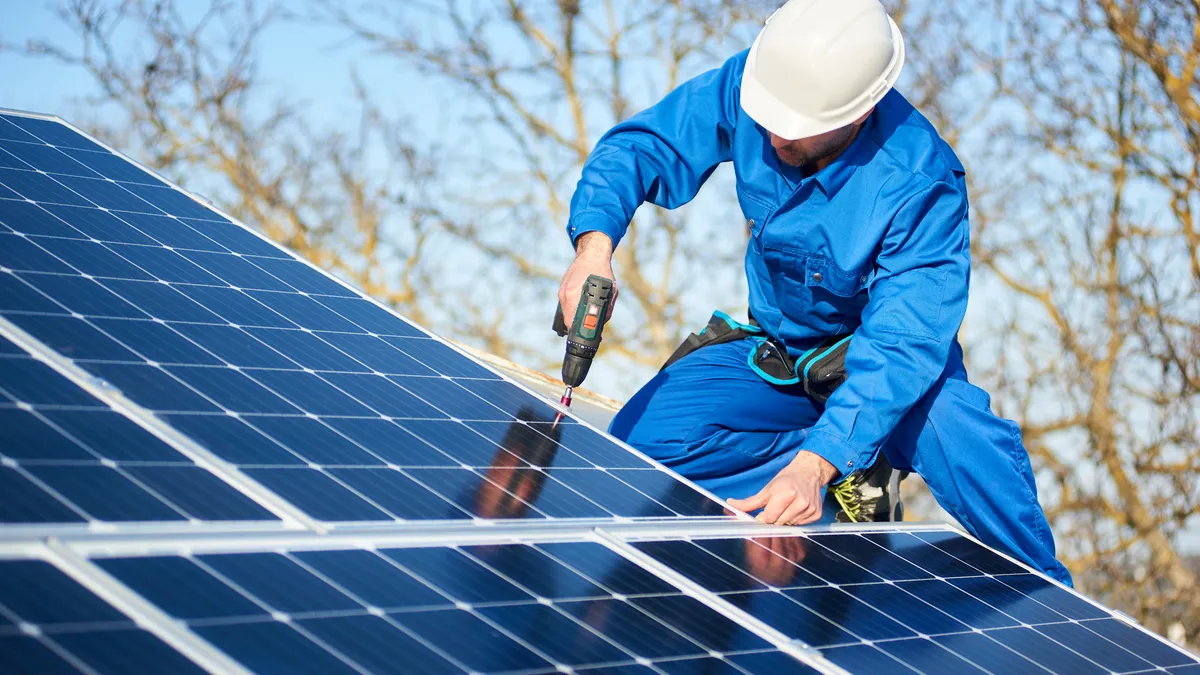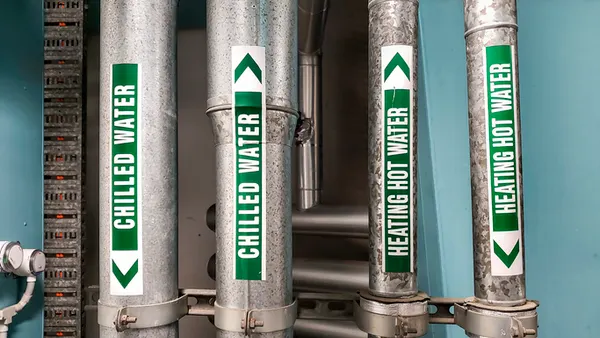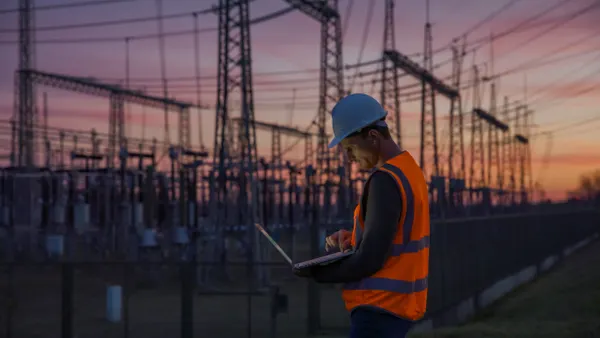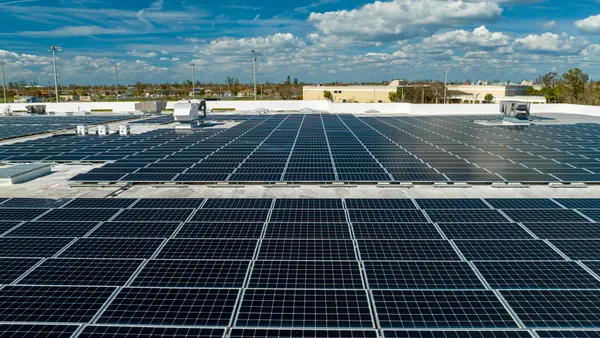Dive Brief:
-
Pushing back against state utility regulators and others, the Midcontinent Independent System Operator told federal regulators Friday its plan to wait until 2030 to allow aggregated distributed energy resources to participate in its power markets is “reasonable and appropriately tailored for the MISO region.”
-
Also, MISO said there are various pathways for resource owners to participate in existing retail programs as well as in its wholesale markets via existing load-serving entity programs and through aggregation programs established by state utility commissions and other “relevant electric retail regulatory authorities,” called RERRAs.
-
“The time between now and 2029 will be best used to work on other market and underlying system enhancements that it believes will make the full DER implementation process seamless and able to provide the most value to the MISO region,” the grid operator said.
Dive Insight:
In a landmark decision, FERC in September 2020 ordered regional transmission organizations and independent system operators to remove barriers keeping DER aggregations from participating in wholesale markets. The aggregations could include resources like rooftop solar, energy storage and electric vehicle chargers.
FERC is now reviewing grid operators’ plans to meet the requirements the commission laid out in its Order 2222, such as PJM Interconnection’s proposal, which has a 2026 start date.
After conducting a stakeholder process, MISO in mid-April filed its plan at FERC, saying that before letting groups of DERs into its markets it needed to finish a major market software overhaul that is set to be in place by 2025. Then, MISO wants to work on its Multiple Configuration Resources initiative, which the grid operator said would help it manage its growing fleet of wind and solar resources.
In comments filed last month, the Organization of MISO States, which represents state utility regulators, and the Solar Energy Industries Association and Advanced Energy Economy raised concerns about MISO’s proposal, including its implementation schedule. Utilities like DTE Electric, Northern States Power and Consumers Energy generally supported MISO’s plan.
Besides defending its timeline for allowing DER aggregations under Order 2222, MISO told the commission its proposal to limit aggregations to a single “elemental pricing node” is the broadest and most technologically feasible approach possible.
Some groups contend the single-node limit will effectively bar some resources, such as residential resources, from taking part in DER aggregations. They want MISO to adopt a multi-nodal approach.
However, a multi-nodal approach could lead to inaccurate modeling of what is happening on its system, threatening grid reliability, MISO said.
“Failure to accurately model the location of energy can lead to avoidable transmission constraints, broad oscillation of energy dispatch from interval to interval, and other reliability concerns,” MISO said, noting in 2020 it studied approaches to managing multi-node aggregations.
MISO said its proposal is appropriately tailored to prevent DER aggregations from being double-counted in retail and wholesale markets.
To address some utility concerns, in its reply comments, MISO proposed language that aims to prevent market participants from trying to avoid reviews by the grid operator’s market monitor by keeping their aggregations under a 10-MW threshold that triggers a review.
Under the proposed change, aggregated resources that are near each other and controlled by the same market participant would be treated as a single resource to see if they pass the 10-MW threshold.














